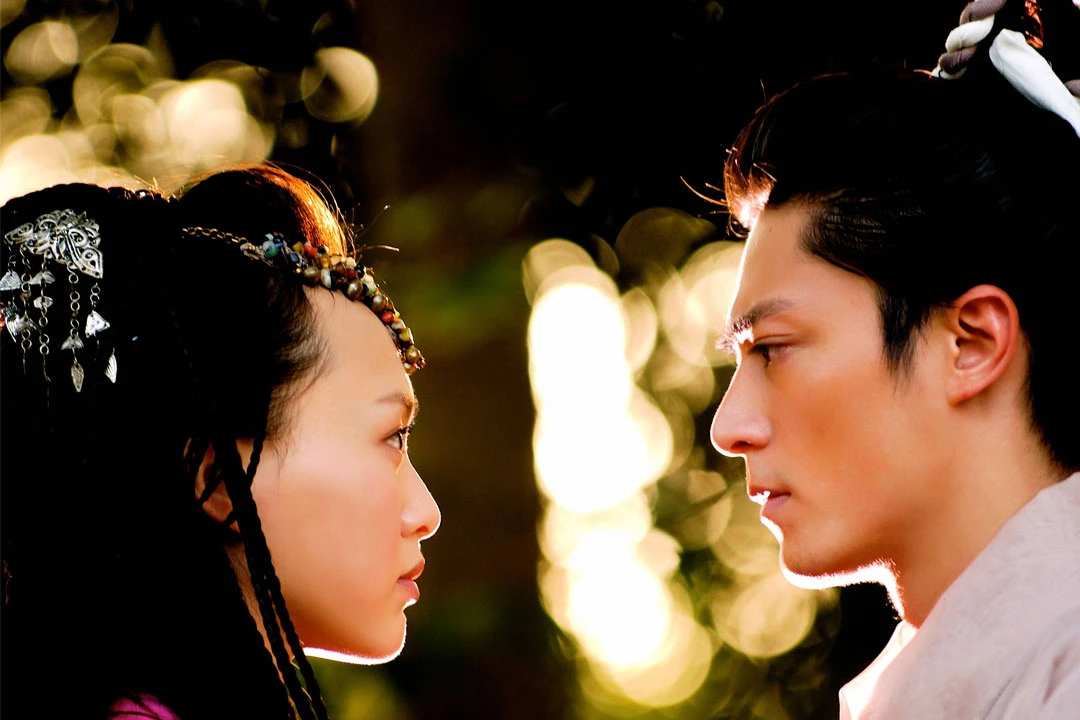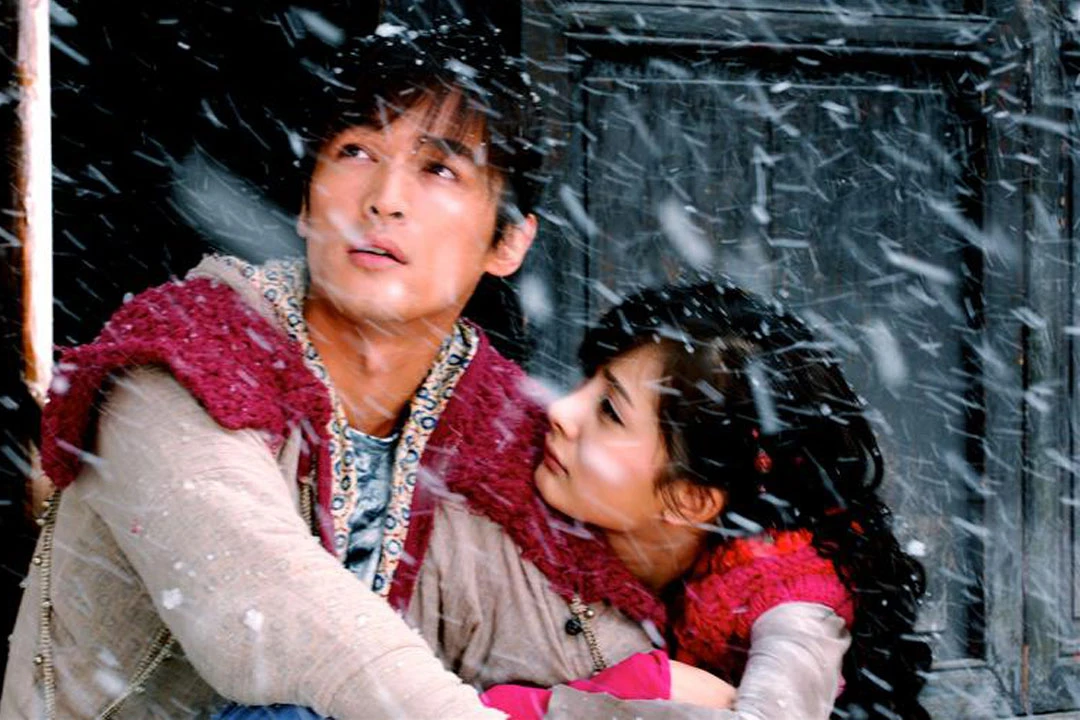In the annals of Chinese television history, there exists a groundbreaking series that stands as the very first of its kind in the realm of fantasy drama: "The Legend of Sword and Fairy." Adapting characters from the popular novel series, the show introduced viewers to a vibrant cast of characters portrayed by acclaimed actors such as Liu Yifei as Zhao Ling'er, Hu Ge as Li Xiaoyao, Ariel Lin as Lin Yueru, Wallace Huo as Tang Yu, and Liu Pinyan as Anu, each depicted in colorful photographs.
Zhao Ling'er exuded ethereal beauty with a playful demeanor, while Li Xiaoyao embodied boundless spirit and youthful exuberance. Tang Yu was characterized by his youthful vigor, Lin Yueru by her proud beauty, and Anu by her innocence and liveliness. These characters, brought to life from the pages of the novel, leaped off the screen with their vivacious and lively portrayals.
The entire cast delivered performances brimming with vitality, charm, and a delightful playfulness, endearing themselves to audiences with their lovable and relatable characters. As the story unfolded, viewers were drawn into a world of unpredictable twists and turns, mirroring the unpredictability of real life. The characters embarked on separate journeys, yet ultimately converged on a shared path, reflecting the transient nature of human existence.
Amidst the myriad of emotions evoked by the series, from joy to sorrow, there emerged a theme of transcendence, encapsulated in the phrase "thousands of blooms share one sorrow." Characters sought to transcend worldly attachments, aspiring towards absolute freedom in a spiritual realm where the boundaries between heaven and earth blurred, embodying the concept of spiritual liberation and unity with the universe.

In essence, "The Legend of Sword and Fairy" stands as the pinnacle of the fantasy genre in Chinese television drama, unrivaled in its influence and impact on subsequent productions.
As the first of its kind, "The Legend of Sword and Fairy" set a precedent for subsequent fantasy dramas, leaving an indelible mark on Chinese television history. Its success can be attributed to several key factors, each contributing to its enduring legacy and cultural significance.
Firstly, the series benefited from a captivating storyline that seamlessly blended elements of fantasy, romance, adventure, and martial arts. Drawing inspiration from Chinese mythology and folklore, the narrative transported viewers to a mystical realm where mortals and immortals coexisted, embarking on epic quests and facing formidable adversaries along the way. This rich tapestry of storytelling captivated audiences, offering a tantalizing escape from reality into a world of magic and wonder.
Moreover, "The Legend of Sword and Fairy" boasted production values that were unprecedented for its time. Lavish sets, intricate costumes, and breathtaking visual effects brought the fantastical world of the series to life, immersing viewers in a sensory feast of sights and sounds. From majestic palaces to treacherous mountain passes, each scene was meticulously crafted to evoke a sense of awe and wonder, enhancing the overall viewing experience and elevating the series to a level of cinematic excellence rarely seen on the small screen.
Furthermore, the success of "The Legend of Sword and Fairy" can be attributed to its stellar cast of actors, who breathed life into the iconic characters of the novel series. Liu Yifei's portrayal of Zhao Ling'er captured the hearts of audiences with her ethereal beauty and spirited personality, while Hu Ge's charismatic performance as Li Xiaoyao endeared him to viewers as the quintessential hero. Ariel Lin, Wallace Huo, and Liu Pinyan also delivered standout performances, each imbuing their characters with depth, complexity, and humanity.
Beyond its entertainment value, "The Legend of Sword and Fairy" also had a profound cultural impact, influencing subsequent generations of filmmakers, writers, and artists. The series popularized the wuxia fantasy genre, paving the way for a resurgence of interest in Chinese mythology and folklore in popular culture. Its themes of love, friendship, and redemption resonated deeply with audiences, transcending cultural boundaries and touching the hearts of viewers around the world.
In addition, "The Legend of Sword and Fairy" sparked a wave of merchandise and spin-offs, further cementing its status as a cultural phenomenon. From video games and novels to comics and collectible figurines, the series inspired a vast array of ancillary products that allowed fans to immerse themselves in the fantastical world of the show long after the final episode had aired.
Despite its immense popularity and enduring legacy, "The Legend of Sword and Fairy" was not without its critics. Some argued that the series relied too heavily on clichés and tropes, while others questioned its historical accuracy and cultural authenticity. Nevertheless, these criticisms did little to dampen the enthusiasm of fans, who continued to flock to the series in droves, drawn by its compelling characters, captivating storyline, and breathtaking visuals.
In conclusion, "The Legend of Sword and Fairy" remains a landmark achievement in Chinese television history, setting the standard for fantasy dramas and inspiring generations of viewers with its imaginative storytelling, stunning visuals, and memorable characters. As the first of its kind, it paved the way for a new era of wuxia fantasy cinema, leaving an indelible mark on popular culture and solidifying its place as a timeless classic in the annals of Chinese television.


